Mountain Bikes Buying Guide
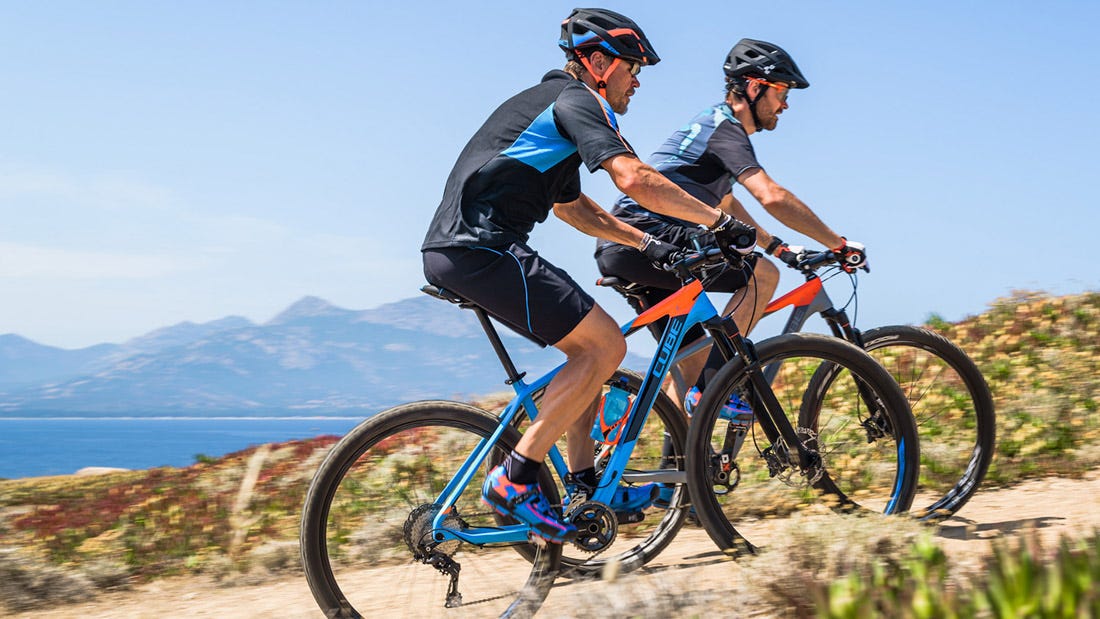
Mountain bikes' are a very wide and versatile range of bikes designed specifically for off-road use. Mountain bikes are made with strong frames and components, off road tyres and a large range of gears to suit the challenges of riding on unsealed and often hilly or mountainous terrain. While performing best off-road, mountain bikes are extremely versatile, and suitable for a variety of recreational and commuter purposes.
Hard Tail Mountain Bikes
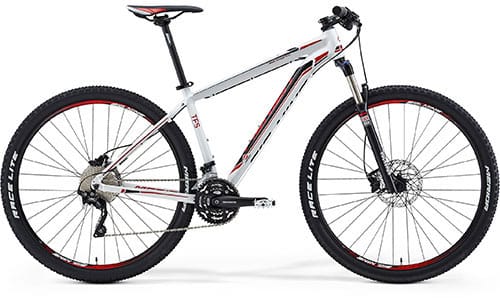 A hardtail mountain bike has no suspension at the rear of the bike. In almost all cases, a hardtail mountain bike will feature front suspension in the forks, however, some very low cost models due use rigid forks. They're mechanically simpler — having no rear shock, pivots or tubes behind the seat which makes them lighter and brings down the cost too.
A hardtail mountain bike has no suspension at the rear of the bike. In almost all cases, a hardtail mountain bike will feature front suspension in the forks, however, some very low cost models due use rigid forks. They're mechanically simpler — having no rear shock, pivots or tubes behind the seat which makes them lighter and brings down the cost too.
See All Hard Tail Mountain Bikes
Dual Suspension Mountain Bikes
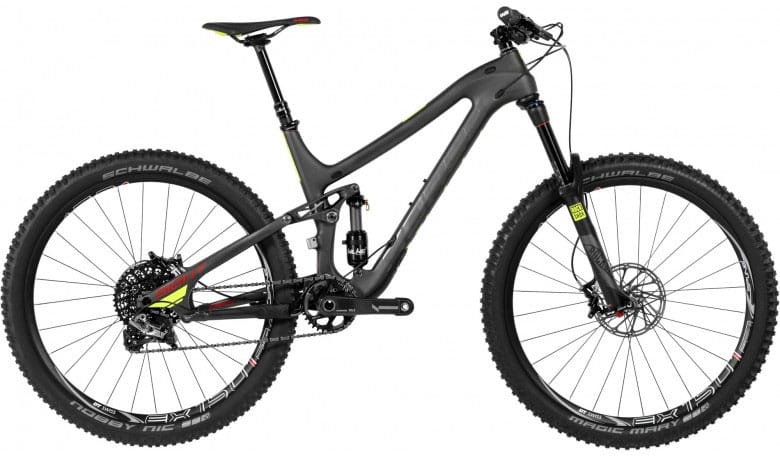 A dual suspension or full suspension mountain bike features suspension at both the front and rear. Having suspension front and back makes the ride more comfortable especially as these bikes are ideal for down-hill racing. Dual suspension bikes are more complex with twice the amount of hardware and thus are more expensive, but worth it for the comfort.
A dual suspension or full suspension mountain bike features suspension at both the front and rear. Having suspension front and back makes the ride more comfortable especially as these bikes are ideal for down-hill racing. Dual suspension bikes are more complex with twice the amount of hardware and thus are more expensive, but worth it for the comfort.
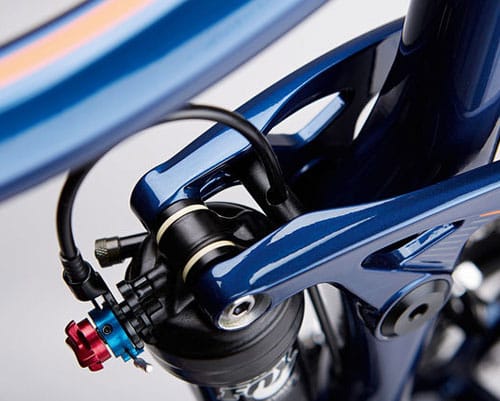
Mountain bikes can be used for many types of riding, from riding around town to endurance off-road racing. Mountain bikes are made with strong frames and robust components and can be taken on rough trails, no worries. Womens mountain bikes are designed specifically for female riders. Generally this involves a lower top tube and standover height, which makes it easier to dismount as well as plant your feet on the ground when extra balance is required. They also features womens specific saddles and braking and gear set ups more suited to smaller hands.
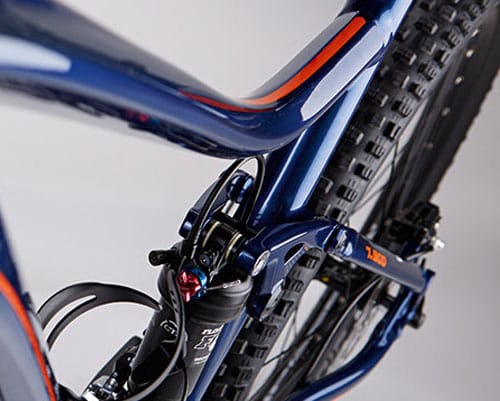
Mountain bikes now come in 3 wheel sizes: 26"; 27.5" (also called 650B); and 29". The smaller 26" wheel size offers a more responsive, agile ride. The 29" wheel size offers reduced rolling resistance over rough terrain, which provides easier clearance of obstacles, and general comfort. The bigger wheels also offer more tread connected with the surface, helping to increase traction. 27.5 offers the ultimate versatility - the agility and handling of traditional 26" wheels, with the reduced rolling resistance and improved traction and stability of a 29er.
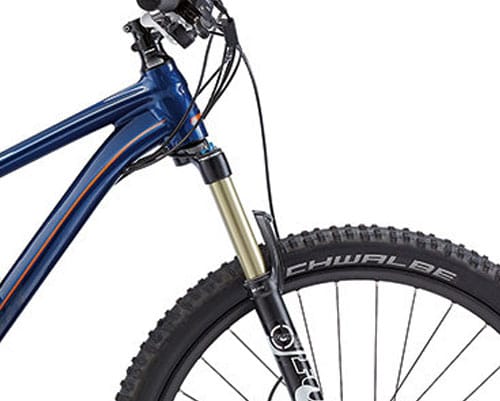
For riding downhill, dual suspension bikes tend to feature greater suspension travel (up to 150 mm). They are designed to be able to climb and descend well, and are intended to be ridden on all-day rides involving steep climbs and steep descents, hence 'all-mountain'. Downhill mountain bikes typically (170 mm) of suspension travel are designed for taking down dedicated downhill trails and race courses. They can take big hits on the way down, but are not designed for efficient and easy riding on uphill and flat sections.
While there are mountain bikes that are ideal for a specific type of riding, these categories are broadly popular. Smaller categories include cross-country; designed primarily to be capable both riding uphill and down, as well as generally being very lightweight and efficient to handle the long distances. Trail bikes are typically built to handle shorter rides over rougher terrain than XC bikes. They usually have around 120-140mm of suspension travel, and less emphasis on weight and climbing ability. Dirt bikes lie somewhere in between a BMX bike and a mountain bike, designed primarily for riding over jumps. They are typically very strong bikes, with 4 to 6 inches (100 to 150 mm) of front suspension and rarely any rear suspension.
 Your store
Your store 



